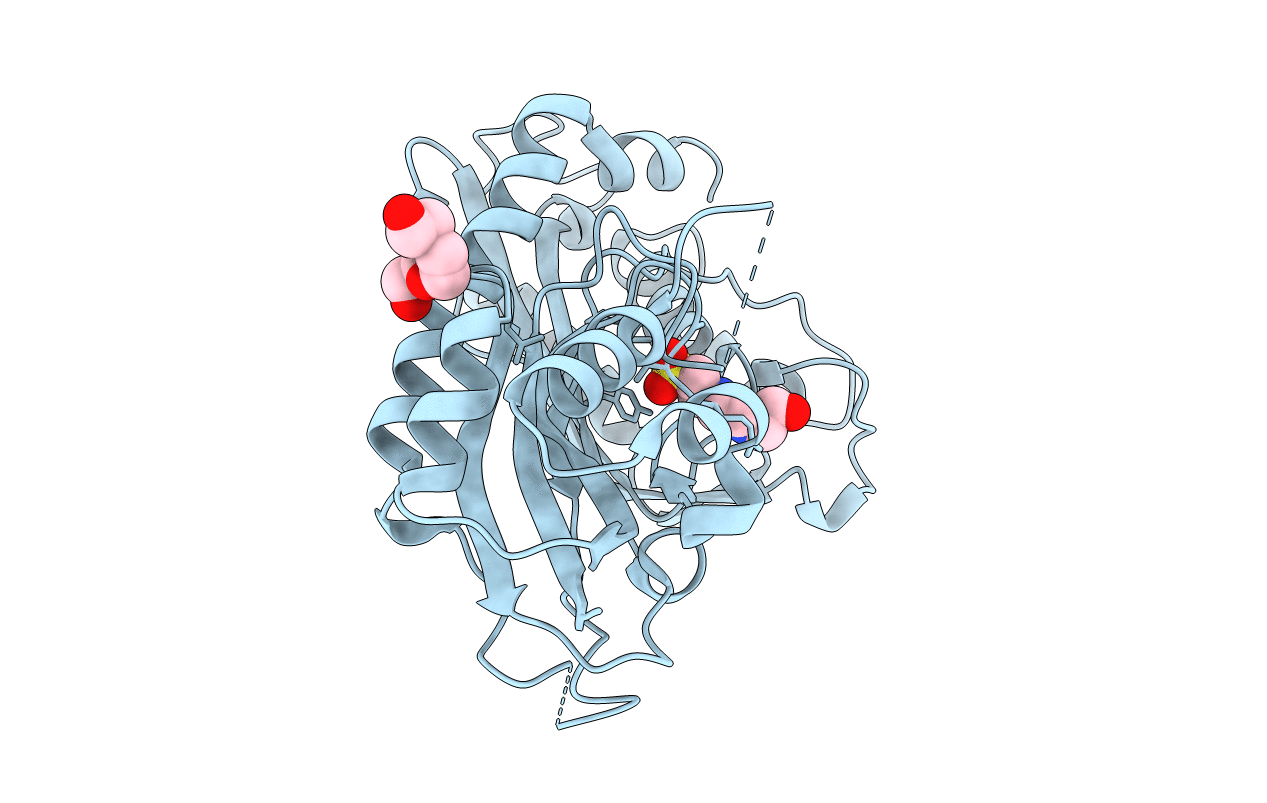
Deposition Date
2013-12-11
Release Date
2014-05-21
Last Version Date
2024-03-20
Entry Detail
PDB ID:
4NZ7
Keywords:
Title:
Steroid receptor RNA Activator (SRA) modification by the human Pseudouridine Synthase 1 (hPus1p): RNA binding, activity, and atomic model
Biological Source:
Source Organism:
Homo sapiens (Taxon ID: 9606)
Host Organism:
Method Details:
Experimental Method:
Resolution:
2.70 Å
R-Value Free:
0.23
R-Value Work:
0.18
R-Value Observed:
0.18
Space Group:
P 2 21 21


